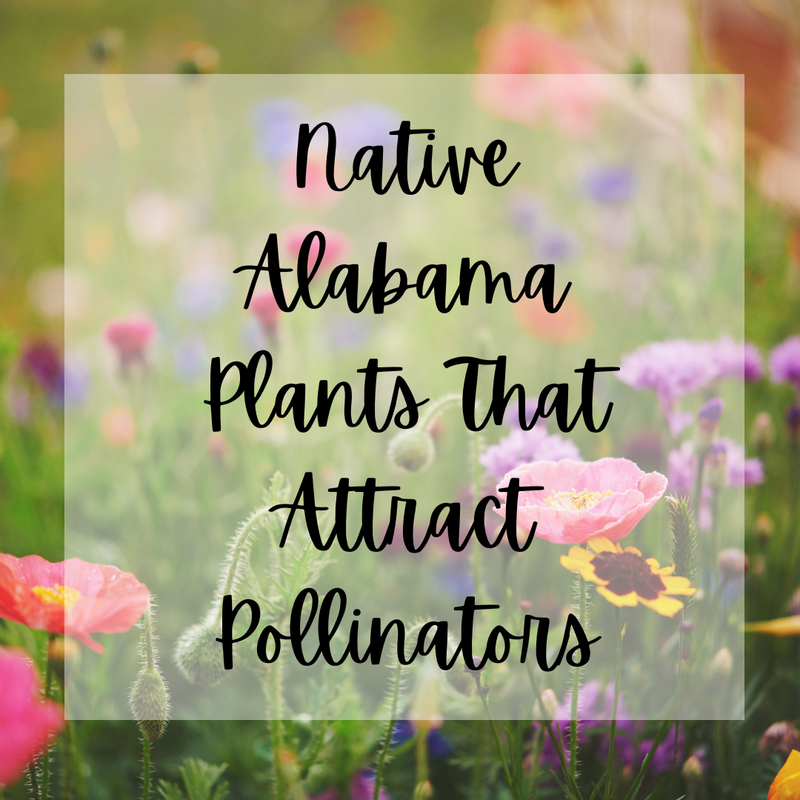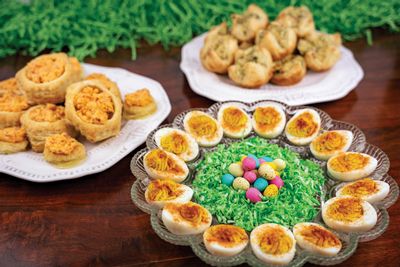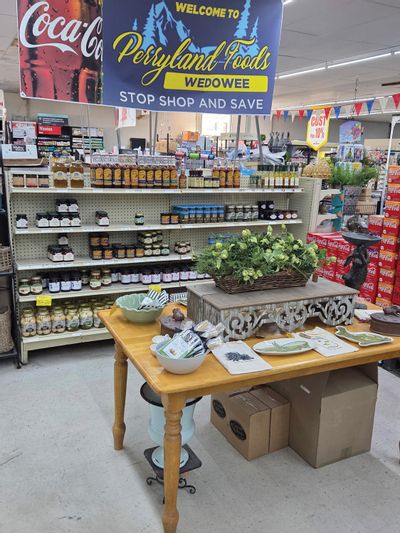Bring on the Buzz: Native Alabama Plants That Attract Pollinators

Pollinators are the unsung heroes of our ecosystems—and our gardens. From bees and butterflies to hummingbirds and beetles, these creatures keep our world blooming. But they’re in trouble. Habitat loss, pesticide use, and climate change have all taken a toll on their numbers.
The good news? You can make a difference right in your own backyard.
By planting native Alabama species, you not only support local pollinators—you also create a low-maintenance, beautiful landscape that’s adapted to thrive in your region. Here’s a guide to pollinator-friendly native plants that will turn your yard into a buzzing sanctuary.
🌸 Wildflowers: Nectar Buffets in Bloom
These native wildflowers are magnets for bees, butterflies, and other pollinators—and they’re pretty stunning, too.
-
Purple Coneflower (Echinacea purpurea)
Long-blooming and beloved by bees and butterflies alike. -
Black-eyed Susan (Rudbeckia hirta)
These golden beauties are easy to grow and hard for pollinators to resist. -
Bee Balm (Monarda fistulosa)
With its minty fragrance and pinkish-purple blooms, bee balm is a hummingbird favorite. -
Butterfly Weed (Asclepias tuberosa)
A bright orange milkweed that’s critical for monarch butterflies. -
Coreopsis (Coreopsis spp.)
Cheerful yellow blooms that provide reliable nectar and color all season.
🌿 Shrubs & Small Trees: Habitat and Food in One
Add structure and pollinator support with these native shrubs and understory trees:
-
American Beautyberry (Callicarpa americana)
Spring blooms attract pollinators, and the vibrant purple berries feed birds in the fall. -
Sweetspire (Itea virginica)
Fragrant white flower spikes are pollinator magnets. -
Buttonbush (Cephalanthus occidentalis)
Its round, alien-like flowers are loaded with nectar—bees and butterflies love it. -
Eastern Redbud (Cercis canadensis)
One of the first trees to bloom in spring, offering early food for emerging pollinators. -
Serviceberry (Amelanchier arborea)
Delicate white blooms in early spring, and the berries are edible (for you and the birds!).
🌾 Native Grasses: More Than Just a Backdrop
Grasses might not be flashy, but they’re essential for pollinator habitat—especially for ground-nesting bees and overwintering insects.
- Little Bluestem (Schizachyrium scoparium)
- Purple Lovegrass (Eragrostis spectabilis)
- Eastern Gamma Grass (Tripsacum dactyloides)
Bonus: These grasses add gorgeous movement and texture to your garden.
🐝 Tips for a Pollinator Paradise
Want to go the extra mile? Keep these tips in mind:
-
Plant in clusters.
Pollinators prefer groups of the same plant over scattered individuals—it’s more efficient for foraging. -
Create a bloom calendar.
Choose plants that flower in different seasons, from early spring to late fall. -
Ditch the pesticides.
Even organic sprays can harm beneficial insects—go pesticide-free whenever possible. -
Leave some wild.
A bare patch of soil, a brush pile, or even a dead tree can offer nesting sites for native bees and other critters.
🌿 Ready to Get Planting?
Whether you’re starting small with a pollinator patch or going big with a native yard makeover, every plant helps. Together, we can turn Alabama backyards into buzzing, blooming havens for the pollinators that keep our world growing. 🌎💚




